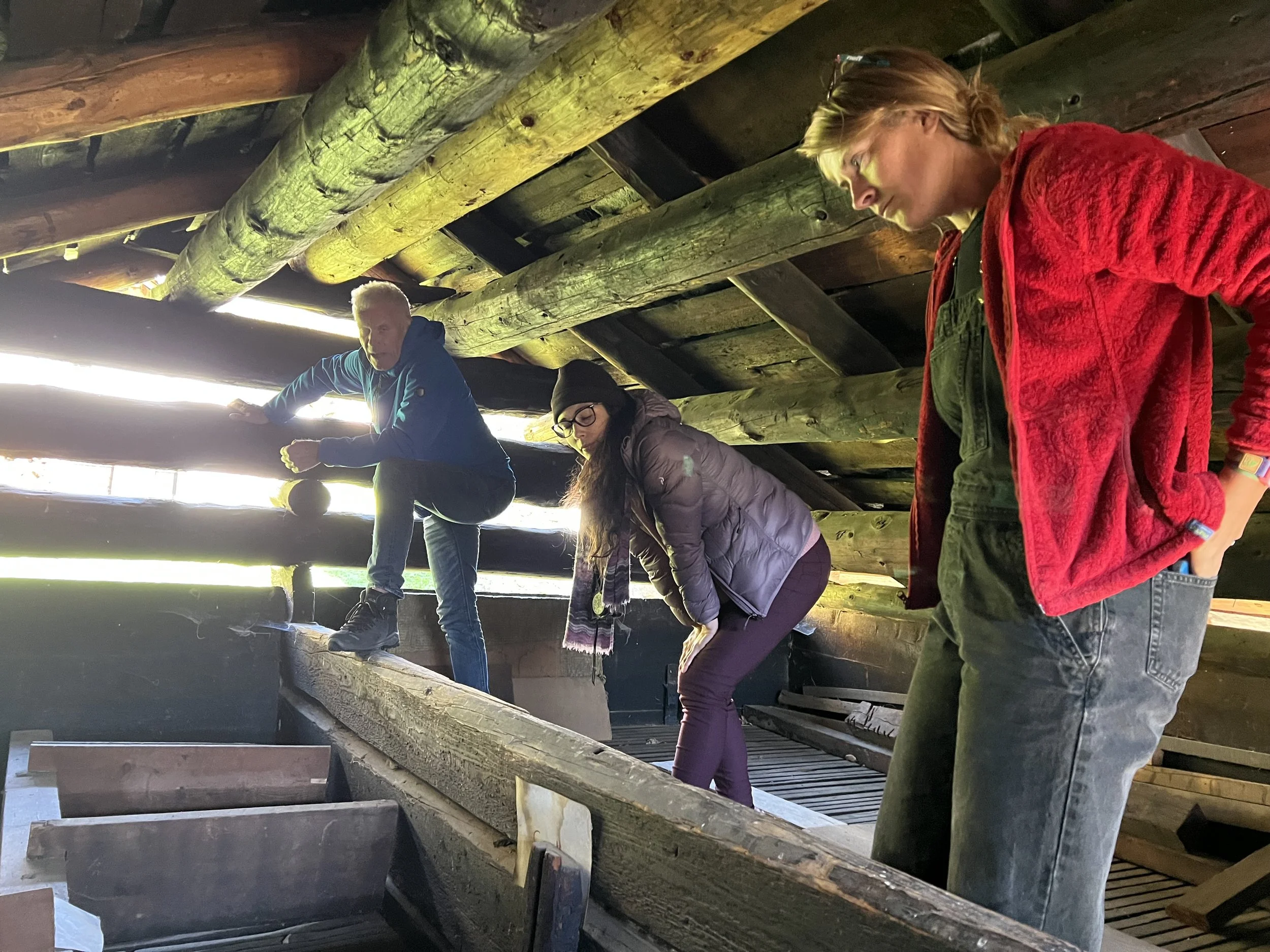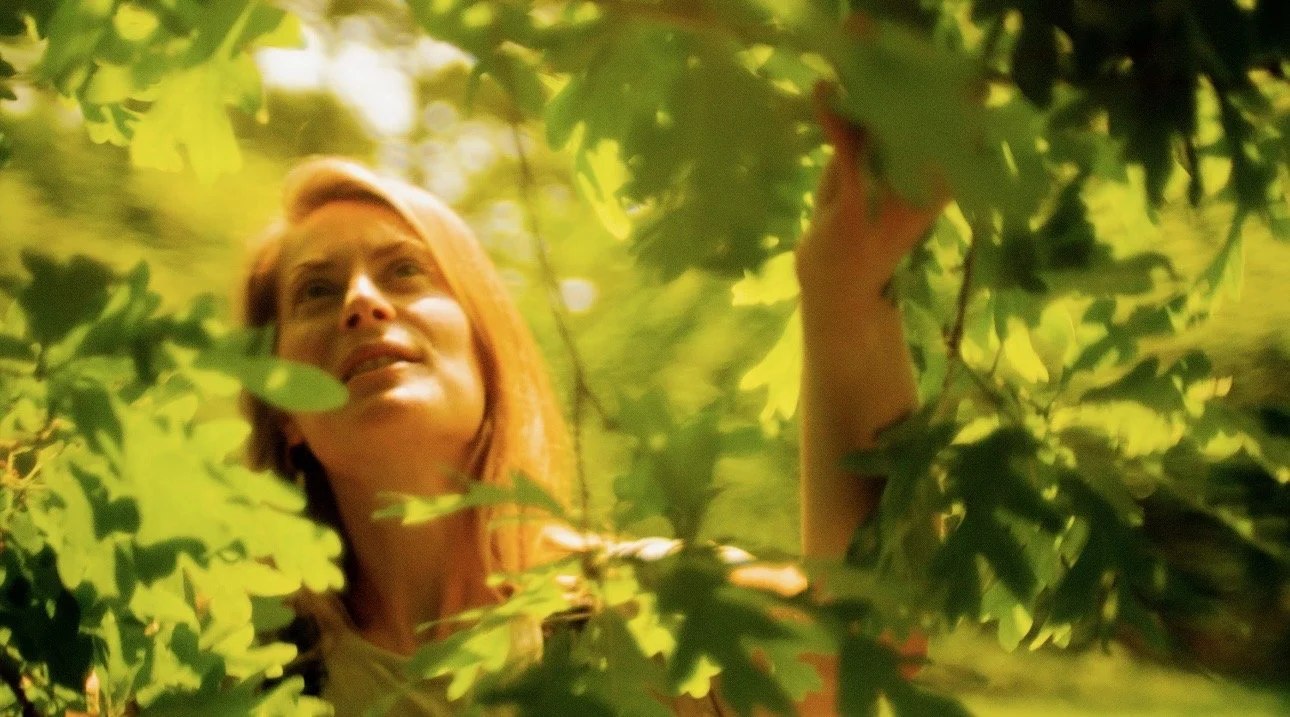How to harvest and process acorns — a video!
Many of you have reached out to say that you’re collecting acorns—and to ask how to gather and harvest. My friend Jason Goodman helped me put together this video to give you some answers. Thank you, Jason!
Acorns and the processes we use to make them delicious are different for each species, so let’s keep the conversation going with Q & A in the comments.
Book Coming July 2025
The day Elspeth Hay learned we can eat acorns, stories she’d believed her whole life began to unravel. We’re thinking about agriculture all wrong, she realized. Feed Us with Trees is her hopeful manifesto about a new and ancient food system centered on our keystone perennial nut trees: oaks, chestnuts, and hazelnuts.






















